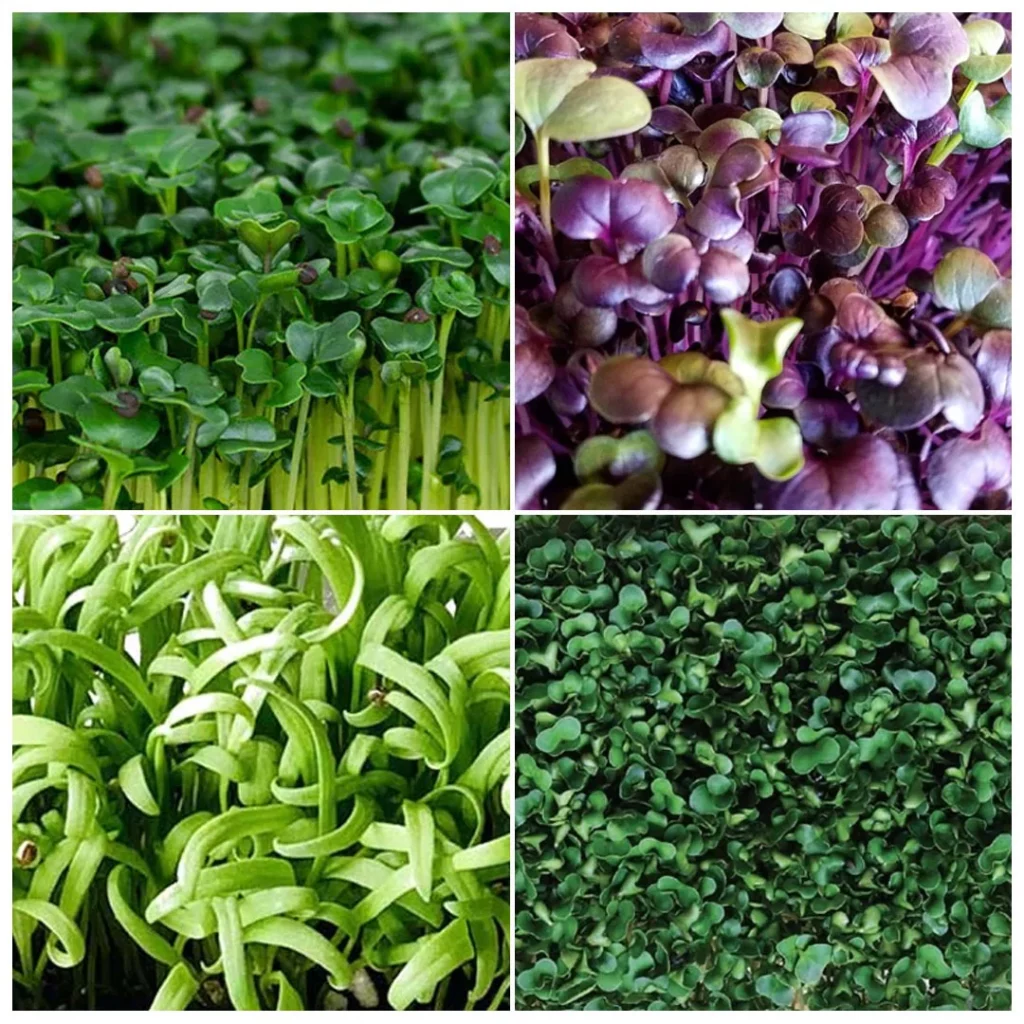
The word “micro” here says it all. Microgreens are young seedlings of edible vegetables and herbs. Unlike larger herbs and vegetables that take weeks or months to grow, microgreens can be harvested and eaten a week to 10 days after the cotyledon — a part of the embryo within the seed — leaves have developed.
These tiny versions only grow to a few inches and can come in 50 to 60 different varieties. Microgreens were originally limited to fancy dinner plates and boutique grocery stores due to their higher cost.
After each harvest, growers need fresh soil, seed and a sterilized container or growing mat to repeat the growing process. These costs add up compared to mature herbs and vegetables that grow back after they’re initially cut or trimmed.
Don’t confuse microgreens with sprouts. Sprouts are germinated in water, not soil, for one or two days to produce underdeveloped leaves. Microgreens grow in soil or some other growing media and sunlight or using grow lights and take at least a week to produce leaves.
The use of microgreens has expanded now that they can be grown at home. You can add them to a salad, put them on a sandwich or top a steak or fish with them to provide a floral contrast. Microgreens are very high in nutrients often four to 100 times more potent than their mature counter parts.